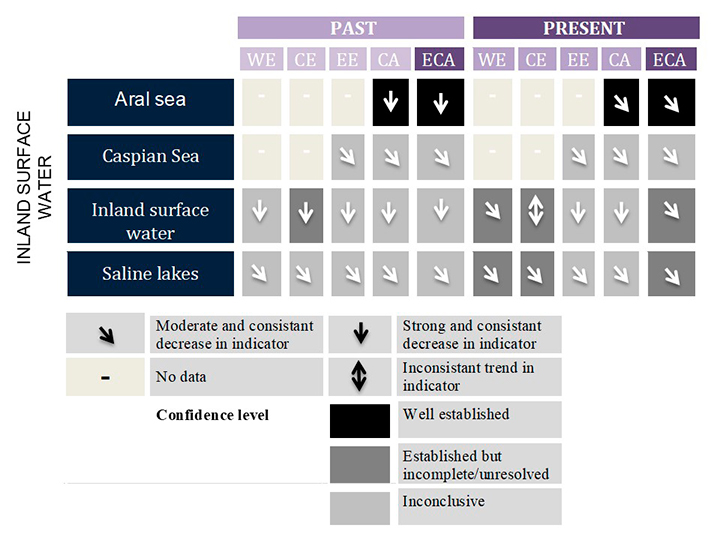Sandra Brucet – Universitat de Vic – Universitat Central de Catalunya (UVic)
Freshwater systems are the most threatened ecosystem type in Europe and Central Asia region, with the quantity and quality of habitats and abundance of many species rapidly declining. This is the conclusion from our review paper which is part of the Intergovernmental Science-Policy Platform on Biodiversity and Ecosystem Services (IPBES) report on Europe and Central Asia. In the study we also show that only about half of the EU’s rivers and lakes achieved good ecological status in 2015 (as defined by the Water Framework Directive in terms of the quality of the biological community), and many lakes, ponds, and streams are disappearing as a consequence of agricultural intensification and ineffective irrigation and urbanisation, combined with climate change. The situation regarding freshwater biodiversity remains highly critical in Europe and Central Asia as many species remain threatened with extinction, including >50% of known species for some groups (e.g. molluscs, amphibians).
The reasons for the decline in freshwater biodiversity are the destruction or modification of their habitat, including water abstraction, which affects ~89% of all amphibian threatened species and ~26% of threatened freshwater invertebrate species. Of particular concern is the lack of data for freshwater invertebrates. Current status is available for only a minority of species, and the impact of alien invasive species is often unknown, especially in Central Asia. Based on current freshwater biodiversity trends, it is highly unlikely that Europe and Central Asia will achieve either the respective Aichi biodiversity targets by 2020 (i.e., targets, 2–4,6–12,14) or Target 1 of the Biodiversity Strategy.
Reference
